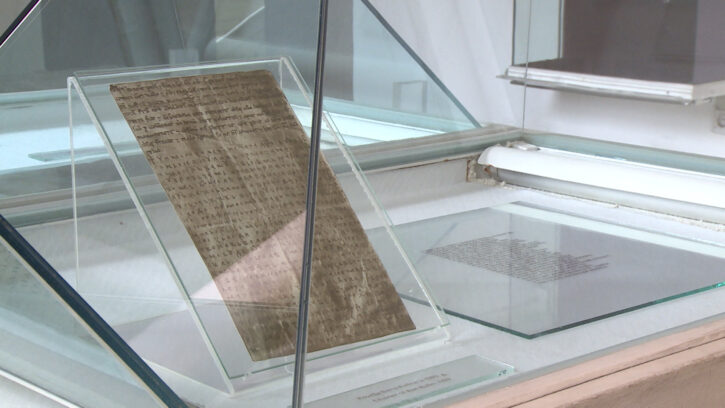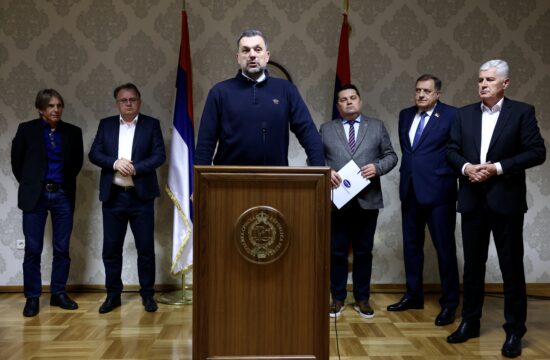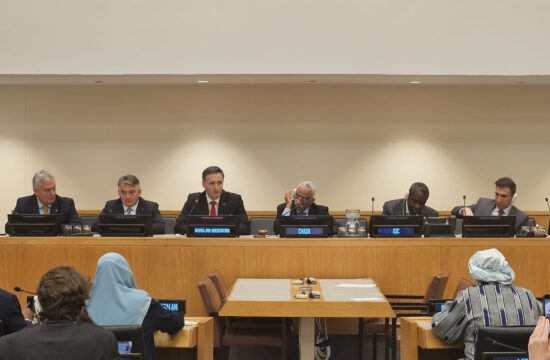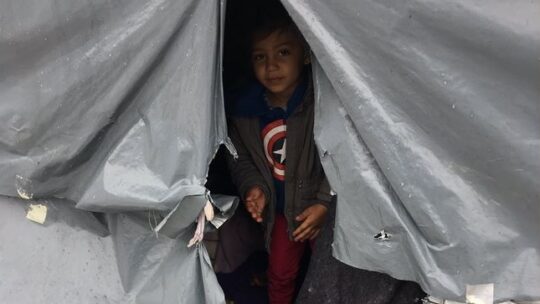
Centuries-old trade agreement between the medieval Bosnia and Dubrovnik, the Ban Kulin Charter, which is one of the oldest diplomatic documents not only in Bosnia but the entire region, is marking its 830th anniversary these days. Often dubbed as Bosnia's "birth certificate," the document proves that the state of Bosnia existed centuries ago, according to the country's senior official.
“I am not a historian but I dare to say here that August 29, 1189, and continuity of the Ban Kulin Charter is not a birth certificate of our country Bosnia and Herzegovina but a strong, material, i.e. written witness of the existence of our country even before the Charter was written,” said Bosnia Presidency Chairman Zeljko Komsic, addressing the central event marking the anniversary, in the central city of Zenica on Thursday.
Bosnia had existed even before the document was written and it was developing “institutionally, economically, culturally and demographically to the degree of sovereignty which was demonstrated on August 29, 1189,” he stressed.

“It was capable of guaranteeing the safety to those who were coming here to do business and to cooperate. It tells us nothing more but about the stability established at that time, the stability and security, about what we strive to even today, which is a necessity for any economic progress and cooperation, both within the country and with other countries in the region and the world,” said the Presidency Chairman.
According to the charter written in the Bosnian Cyrillic script, Bosnian ruler of that time, Ban Kulin, had promised the people of Dubrovnik full freedom of movement and trading across his country.
Ban Kulin's rule is believed to be the most representative of Bosnia's golden age, which made him a common hero of Bosnian national tales.
Three copies of the document have been saved to the date but none of them is in Bosnia.
A copy believed to be the oldest one is in a museum in Saint Petersburg, while two other copies, which the historians claim to be of a more recent date, are in Dubrovnik.
The only sample that can be seen in Bosnia is not original and is displayed in the National Museum of Bosnia and Herzegovina in Sarajevo.




